
In 1904 a remarkable archaeological site was uncovered at Oseberg, Norway. It consisted of an astonishingly well-preserved Viking ship that contained the remains of two women along with a wide array of accompanying grave goods. This vessel, which is widely celebrated as one of the finest finds of the Viking Age, had been buried within a large mound or haugr.

The burial mound measured approximately 40m long by 6.5m high and it completely covered the boat. The conditions within the mound were particularly damp and this meant that the ship and its contents survived nearly intact. Constructed primarily out of oak planks, the vessel measured 21.40m long by 5.10m wide[i]. Its bow and stern were covered in elaborate carvings, while it contained 15 pairs of oar holes which meant up to 30 men could row the ship as required.
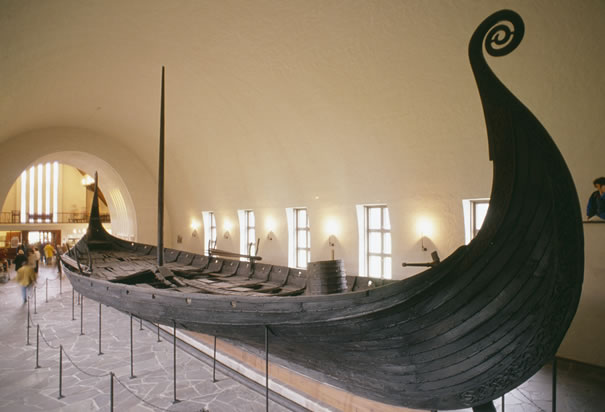
Centrally placed on the ship were the skeletons of two women whose remains had been placed in a specially built wooden tent. One of the woman was in her eighties[ii] and this was reflected in the condition of her bones which showed that she had suffered badly from arthritis during her final years. The second woman was younger and had died in her early fifties[iii].The connection between the two women is unclear; it is possible that they were related or more sinisterly represent the remains of a noble woman interred with her sacrificed slave. Indeed, some have speculated that one of the women may be Queen Åsa, the grandmother of Norway’s first king, although this remains unproven.
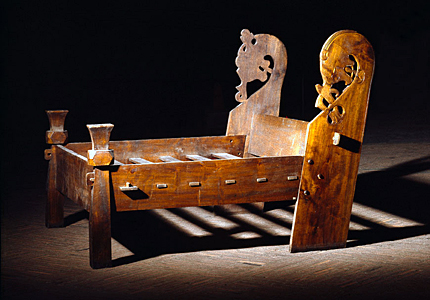
Radiocarbon analysis of the women’s bones indicated that they died c. 1220±40 and 1230±40 before present[iv] and this ties in with the dendrochronology dates from the burial tent timbers, which indicate it was constructed in 834 AD[v]. Other skeletal remains found on the ship included 13 horses, 4 dogs and 2 oxen. It is likely that these represent animals that were sacrificed to accompany the female burials into the afterlife.
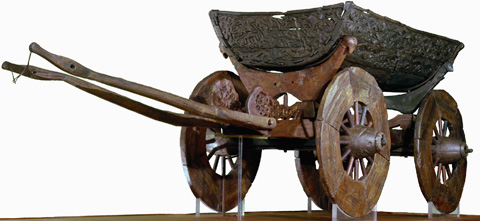
The grave was disturbed in antiquity and any precious metals that may have been present were stolen. However, a remarkable collection of wooden and textile artefacts were left behind by the grave robbers. These included four elaborately decorated sleighs, a richly carved four-wheel wooden cart, three beds as well as a number of wooden chests. More mundane items such as agricultural and household tools were also found.
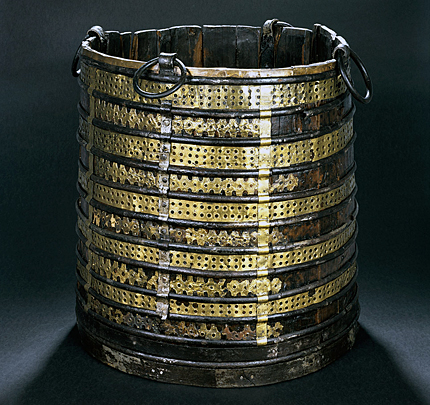
This bucket was one of several found on on the ship. Made out of yew wood it is surrounded by decorative brass fittings and held together with iron hoops. A wooden ladle and 6-7 wild apples were found inside it.
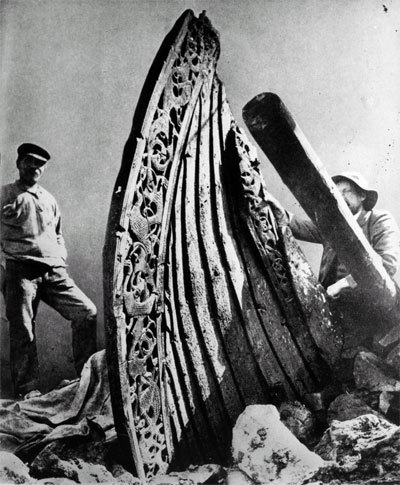
[i] Nordeide SW. 2011. Death in abundance quickly! The duration of the Oseberg Burial. Acta Archaeologica 82(1):7-11.
[ii]ibid.
[iii] ibid
[iv] Holck P. 2006. The Oseberg ship burial, Norway: New thoughts on the skeletons from the grave mound. European Journal of Archaeology 9(2-3):185-210.
[v] Bonde N, and Christensen AE. 1993. Dendrochronological dating of the Viking Age ship burials at Oseberg, Gokstad and Tune, Norway. Antiquity 67:575-583.
Websites: http://www.khm.uio.no/vikingskipshuset/oseberg/index_eng.html

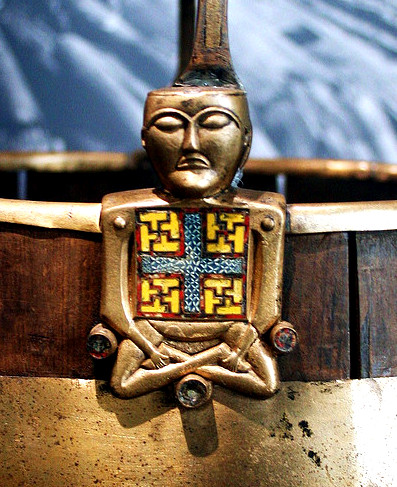


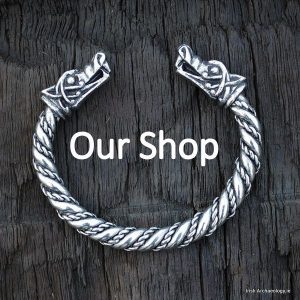
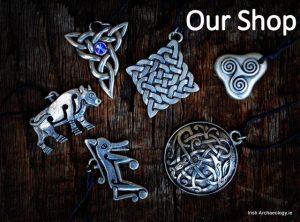
I appreciate so much your work!Thank you.
Thanks Donatella 🙂
Truly fascinating insight into Viking life and culture.
Thanks Pat Joe. Glad you liked it.
Are there any speculations as to what animal(s) the carved figures were made to represent?
-Ryan
How much did the blue clay soil contribute to its preservation ?
Fina grejer. Vi har så oändligt mycket att vara stolta över i norden.
cool
THERE IS A VIKING SHIP IN BELFAST MUSEUM AM I RIGHT
yeh mate
cheers mate learnt a lot buddy
Thank you for your hard work, very interesting and factual
needed the information for student assignment
Thank you for this! This helped me with my assignment 🙂 Such interesting information.